
ABOUT UNFINISHED CAMP
To radically reimagine — and help build — a more ethical, equitable digital future, artists must have a seat at the table. And Unfinished Camp, the inaugural art initiative from Unfinished, provides a global platform for dozens of young contemporary artists to do just that. The brainchild of internationally acclaimed curator and artistic director of the Serpentine Galleries Hans Ulrich Obrist and New York-based author and cultural strategy advisor András Szántó, Unfinished Camp convenes influential arts institutions and emerging contemporary artists from across the globe to create original works that respond to the question, What is the future of art in a decentralized world?
These original works will debut to the public simultaneously at The Shed in New York at Unfinished Live and at Art Basel in Switzerland, September 2021. Click here to register for Unfinished Live.
Unfinished Camp has brought together a global network of nine founding partner institutions, marking a groundbreaking collaboration between leading arts organizations and the emerging tech-focused artists they support.
Camp’s founding partners are House of Electronic Arts (H3K) in Basel; LUMA Arles in Southern France; Pivô in São Paulo; the Serpentine Galleries in London; The Shed in New York; UCCA Center for Contemporary Art in Beijing; The Zeitz Museum of Contemporary Art Africa (Zeitz MoCAA) in Cape Town; The Australian Center for the Moving Image (ACMI) in Melbourne; and The High Line in New York.
These institutions share a foundational belief that young artists — the next generation of visionaries and builders — must help imagine the future. To that end, Hans Ulrich Obrist and András Szántó invited these nine institutions to each select three emerging artists. Together, they make up the first class of Unfinished Camp artists. Each artist was commissioned to create a new video work, and the resulting works will debut in September 2021 in what will be the first of many opportunities for artists and institutions to collaborate.
ARTISTS
The 27 dynamic young artists were selected by Unfinished Camp’s founding partners for their talent, creativity, and vision. They work across artistic disciplines, presenting diverse perspectives on life in an increasingly digital world, where the mechanisms — and the norms — of civil society are constantly put to the test. They span 5 continents.
ABOUT THE THEME
What is the future of art in a decentralized world?
We can’t think about the future of any sector of business or culture without considering its relationship to technology, and that is true of art, as well. Some of the most important innovations in art are digital — and increasingly decentralized. What are the prospects for art in this emerging future?
Despite its democratic roots, in the last decades the web has been largely privatized—shaped and limited by a few leaders even if it’s used by billions. The concentration of wealth and power in the current web environment has contributed to a breeding ground for polarization, authoritarianism, and misinformation. New decentralized technologies are offering an opportunity to change that—allowing more voices, ideas, and perspectives to be heard and engaged in addressing complex problems and discovering new possibilities. At Unfinished, we are deeply engaged in exploring these possibilities through Project Liberty, a visionary initiative with the potential to transform how the internet works and who benefits from the digital economy.
Through Unfinished Camp, we are engaging artists in the conversation. What would it look like if that future became mainly decentralized; if that wealth and power was shared? We turn to the imaginations of young artists to help us visualize the answer.
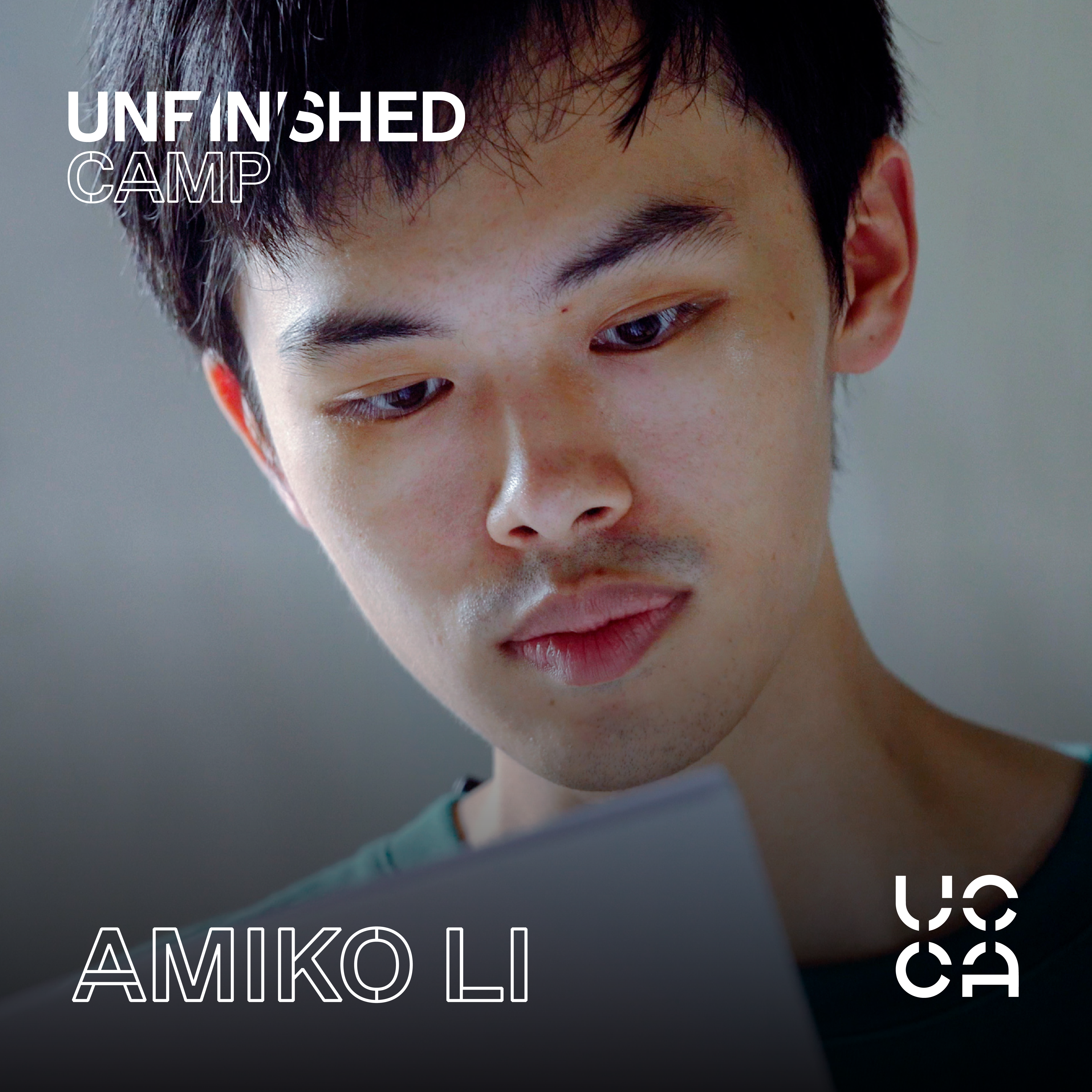
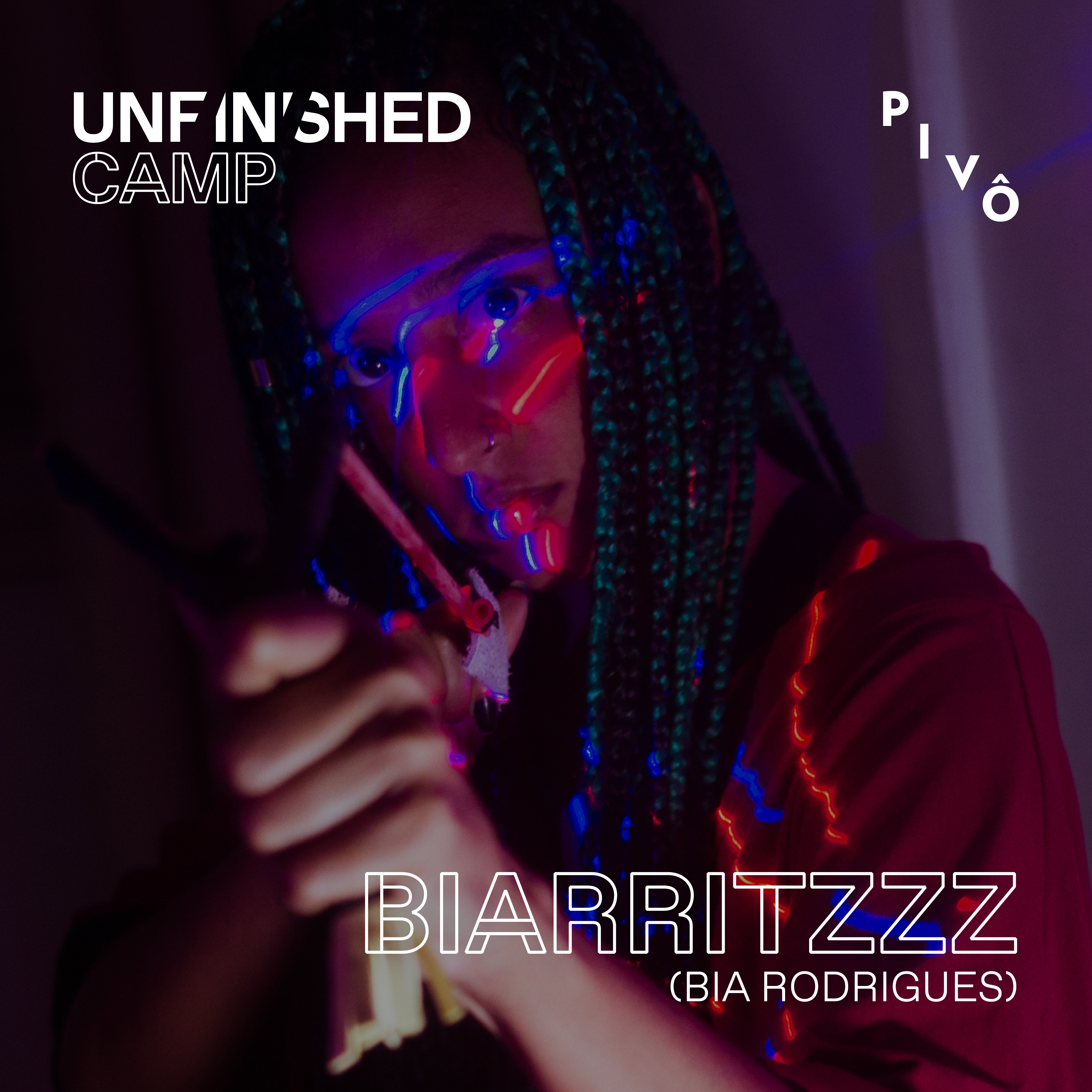

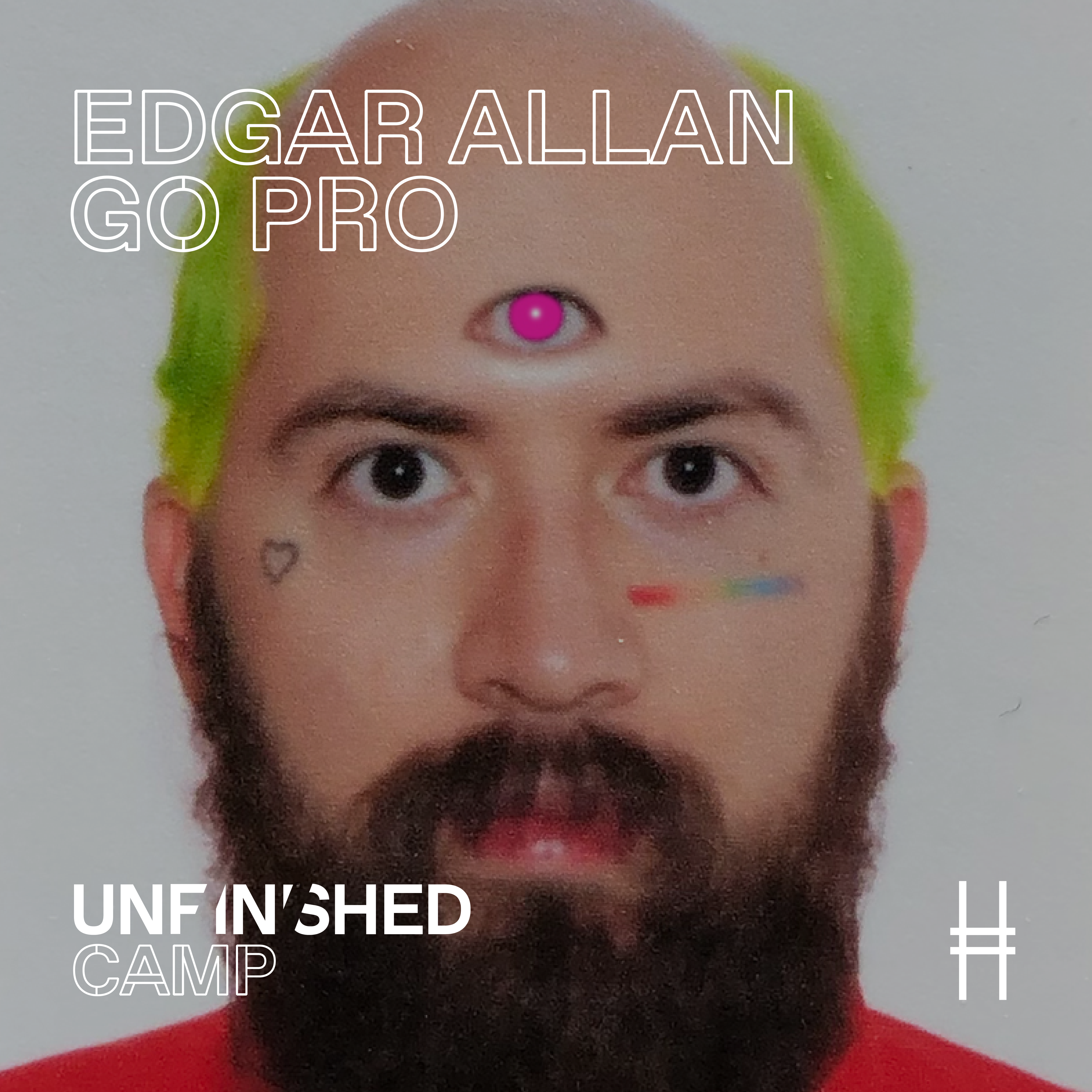
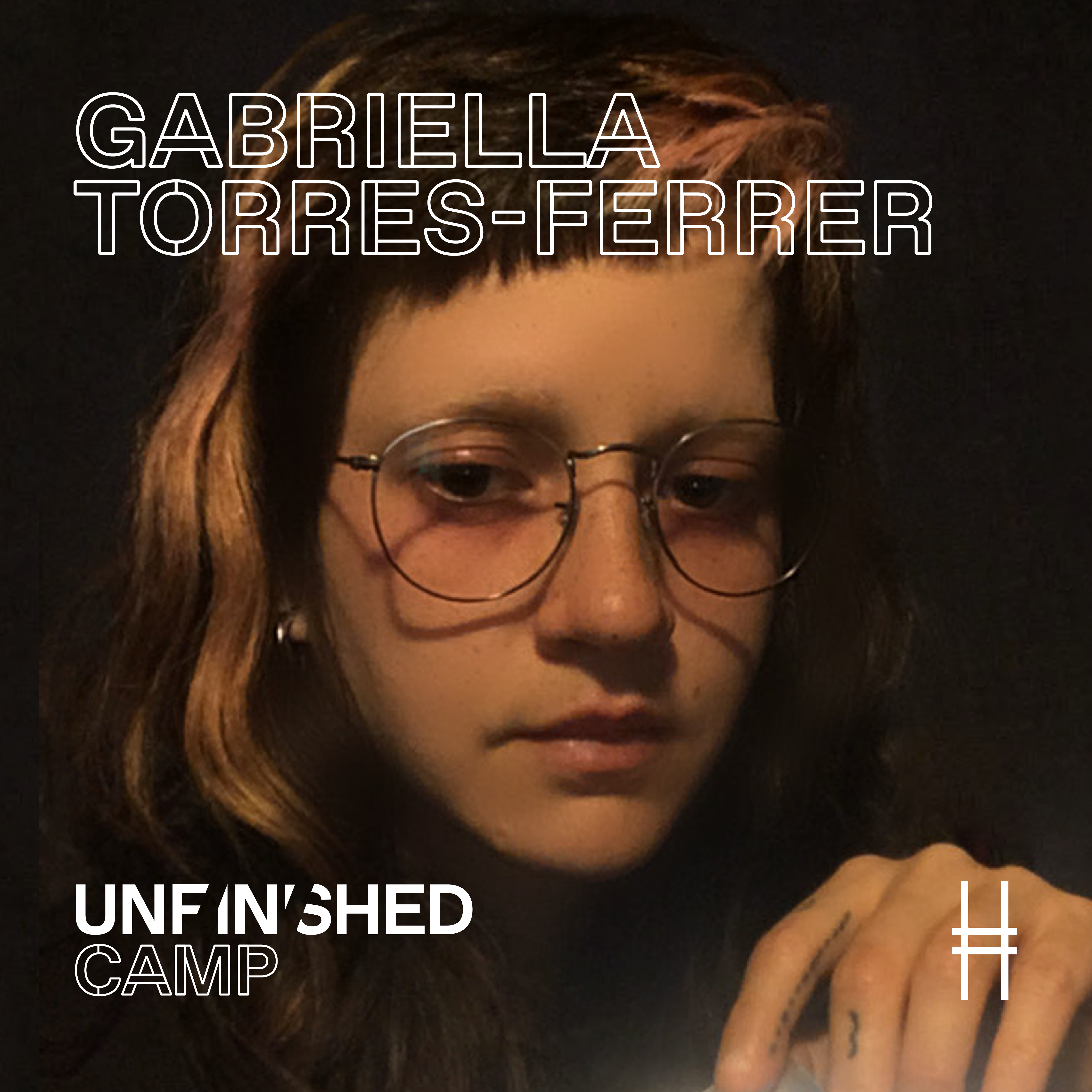
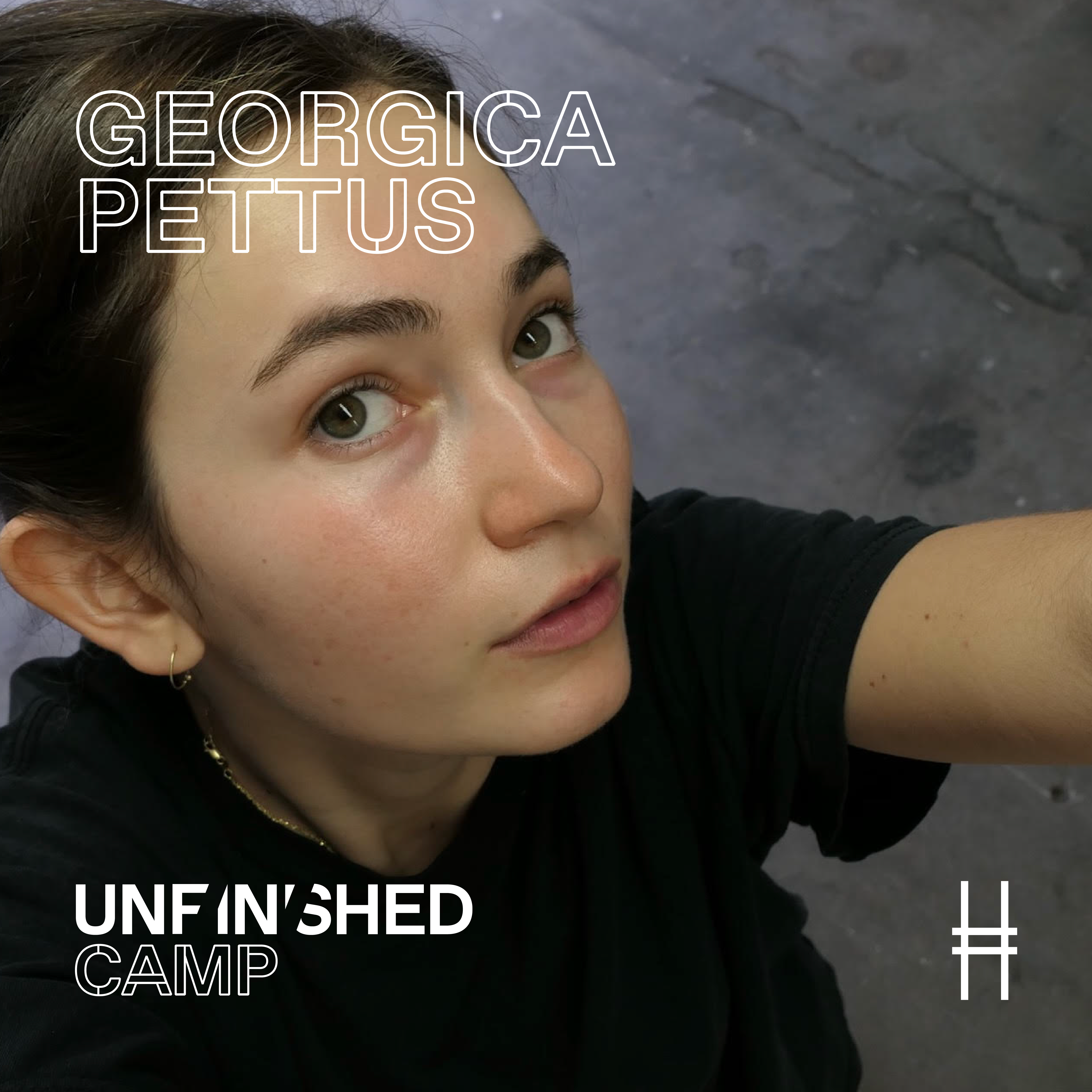
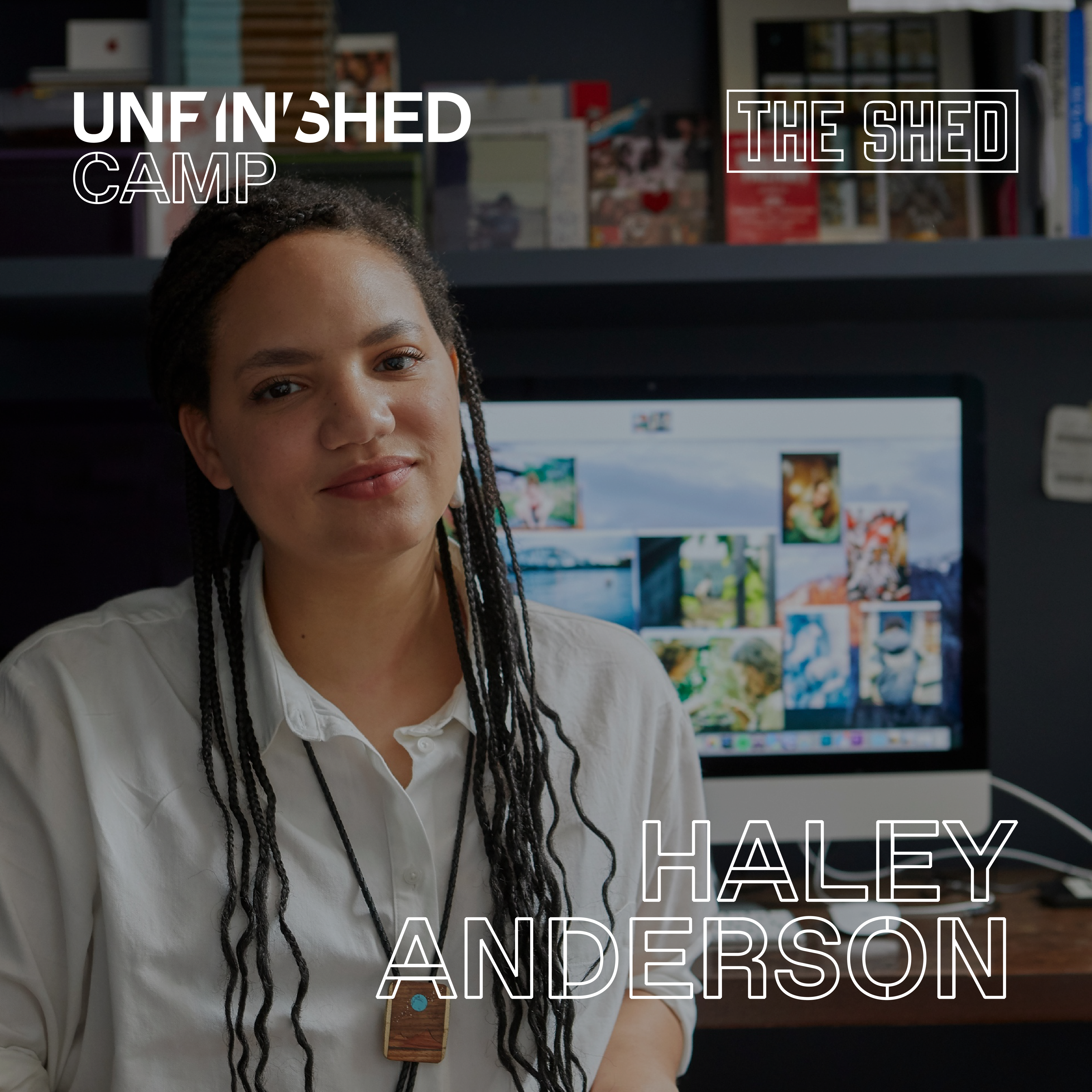
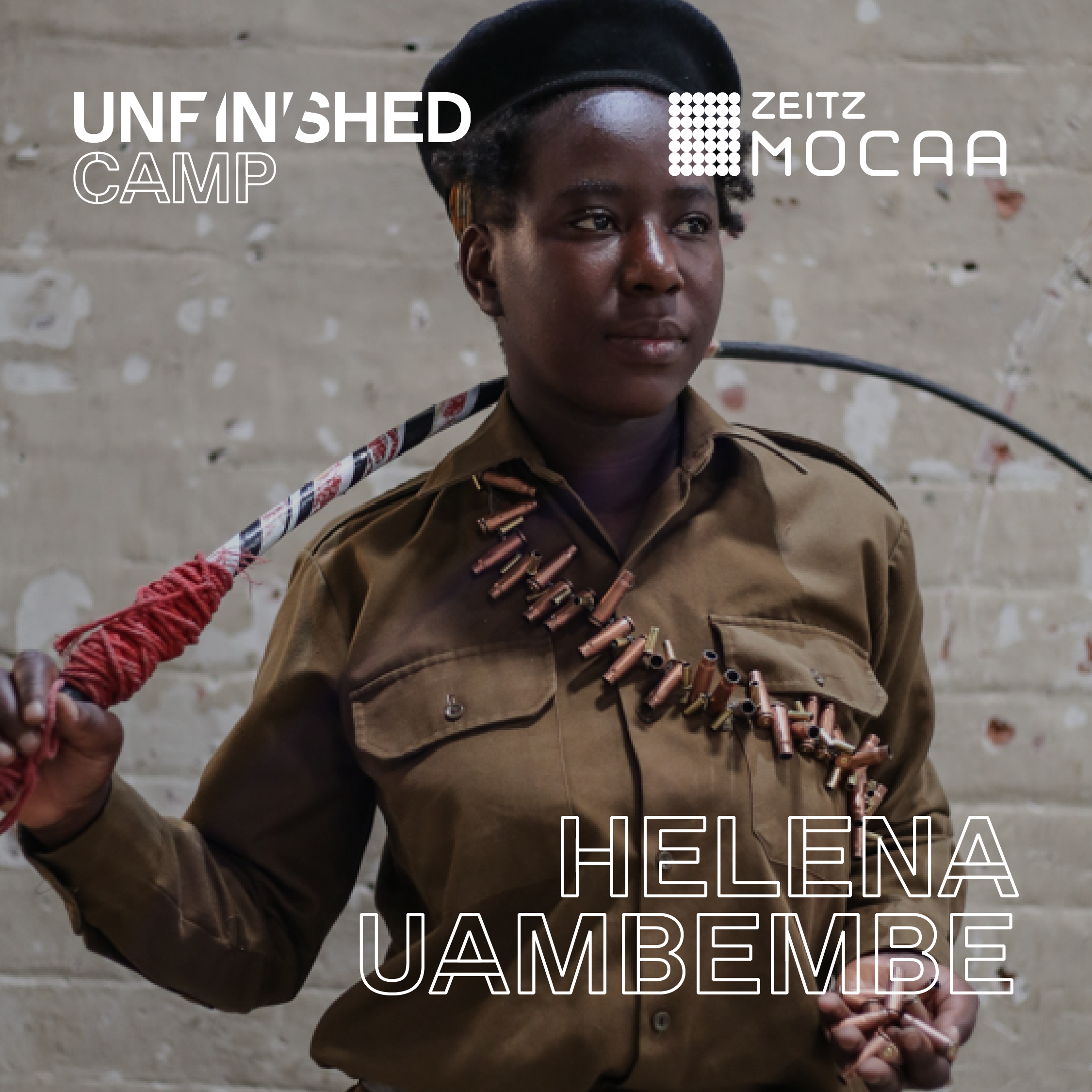
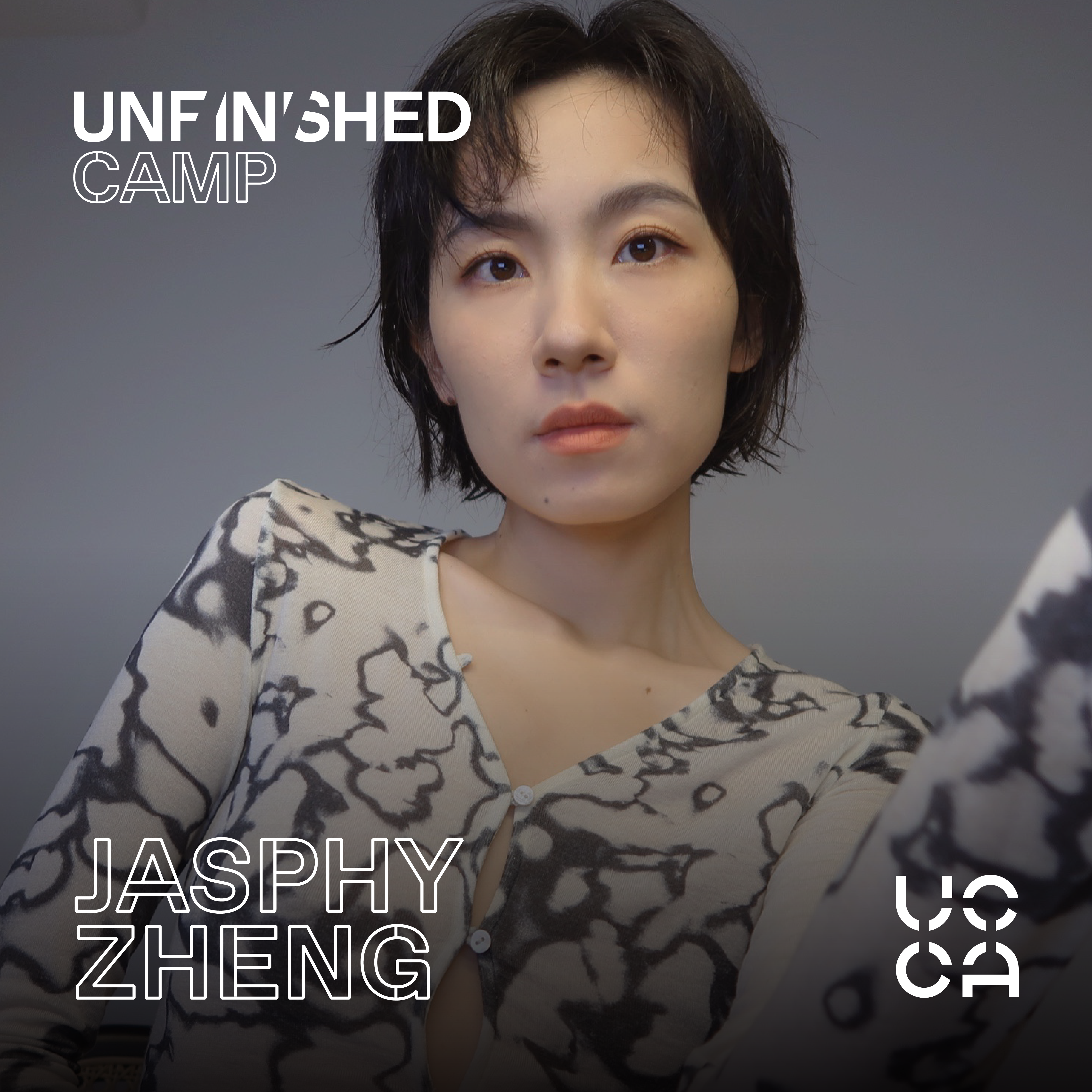
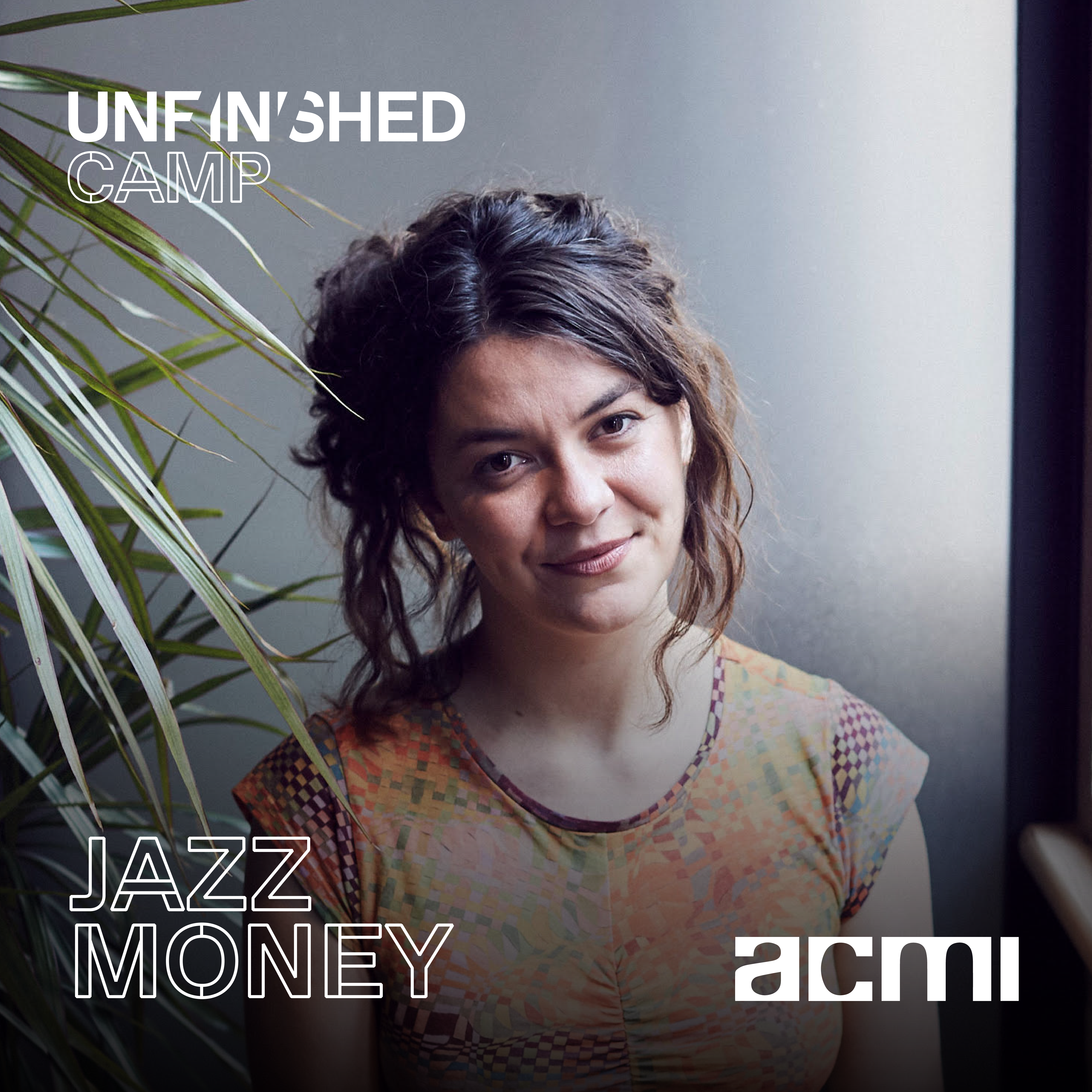
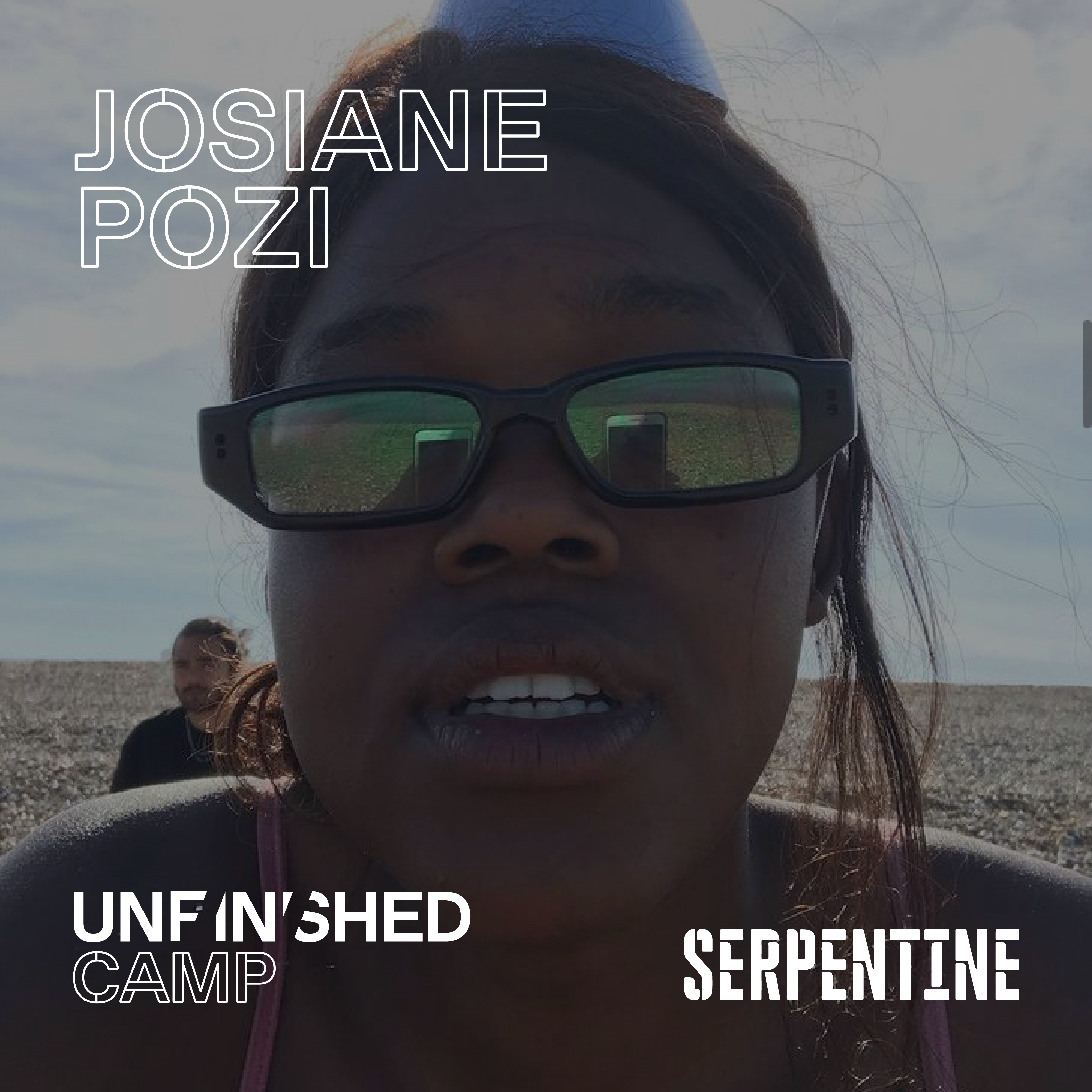
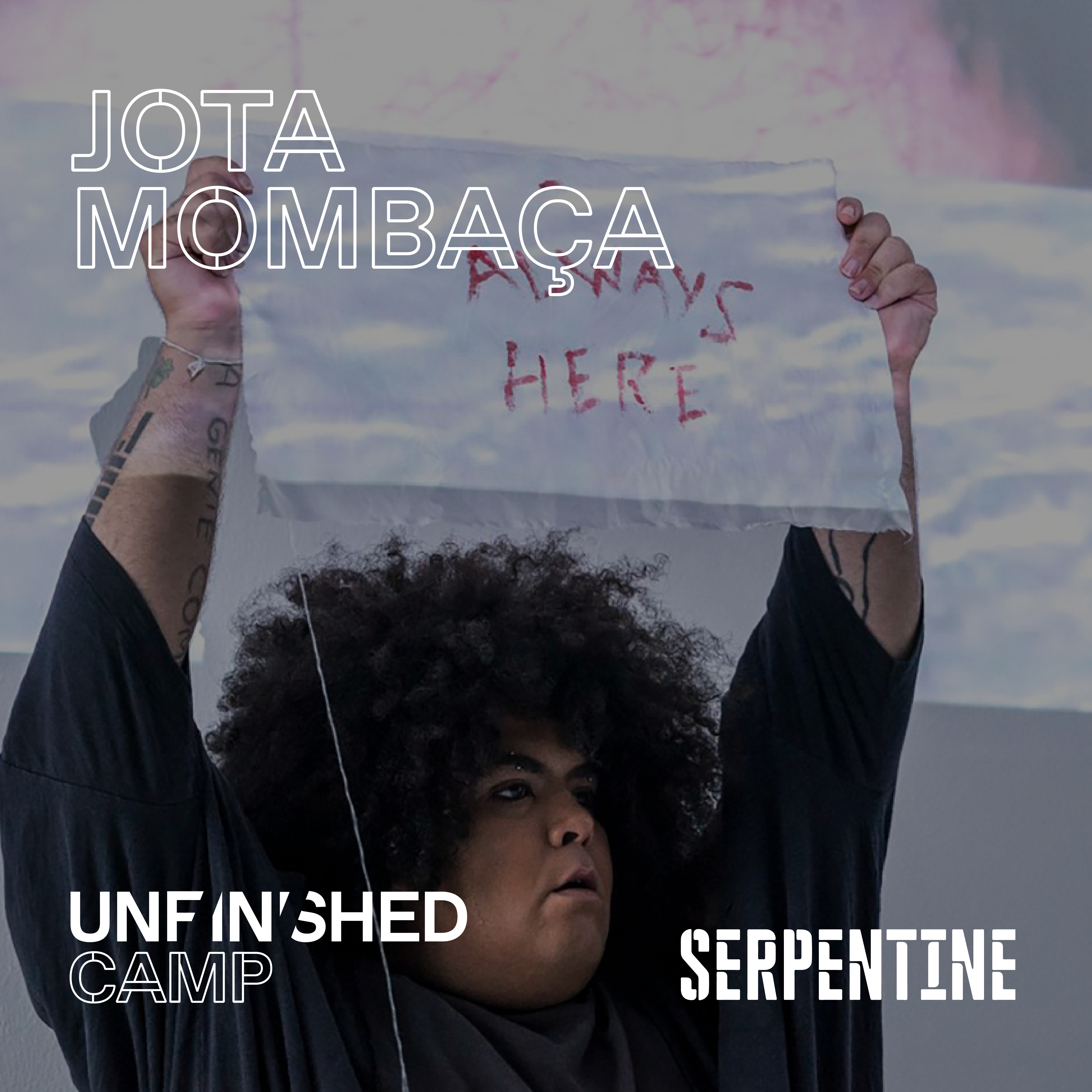
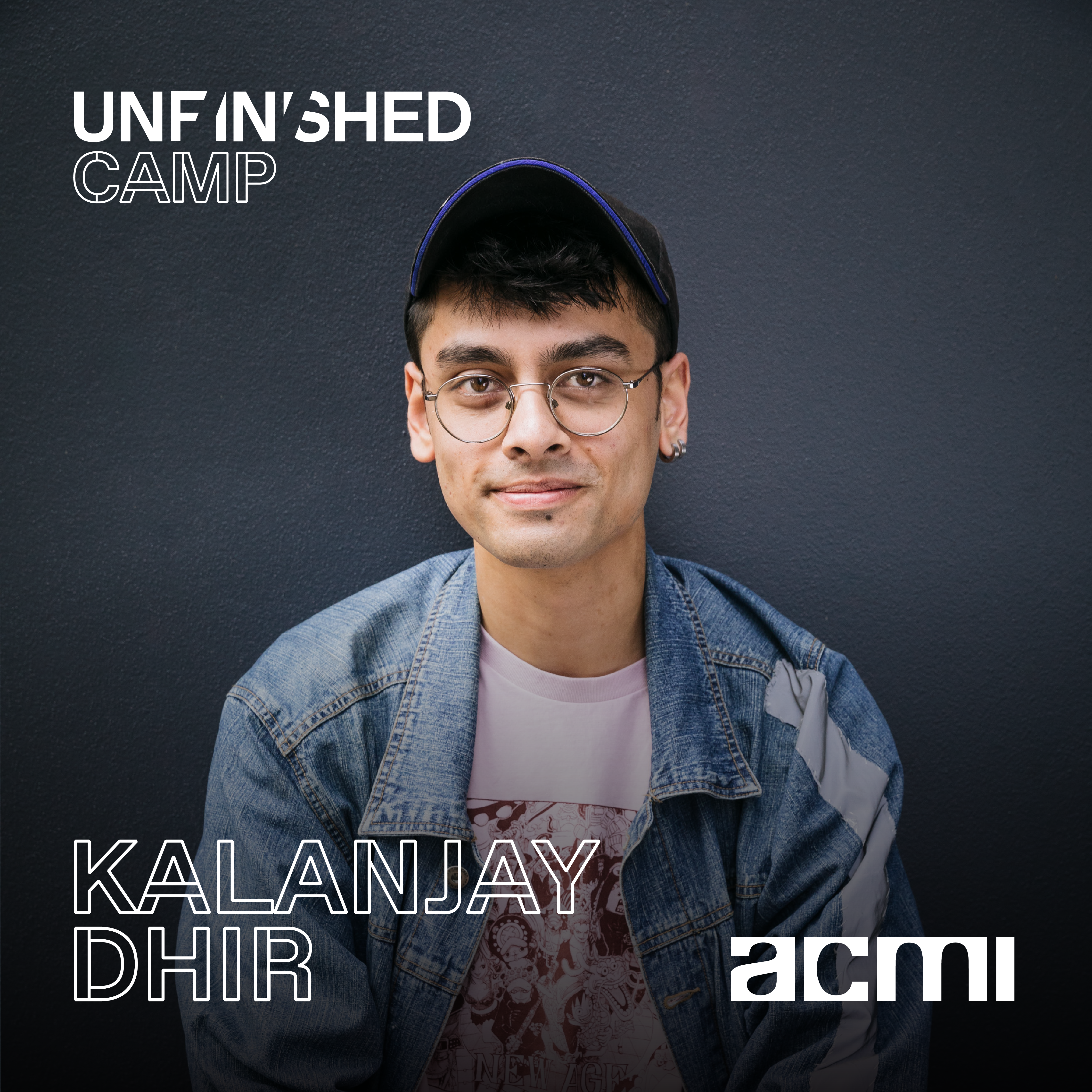
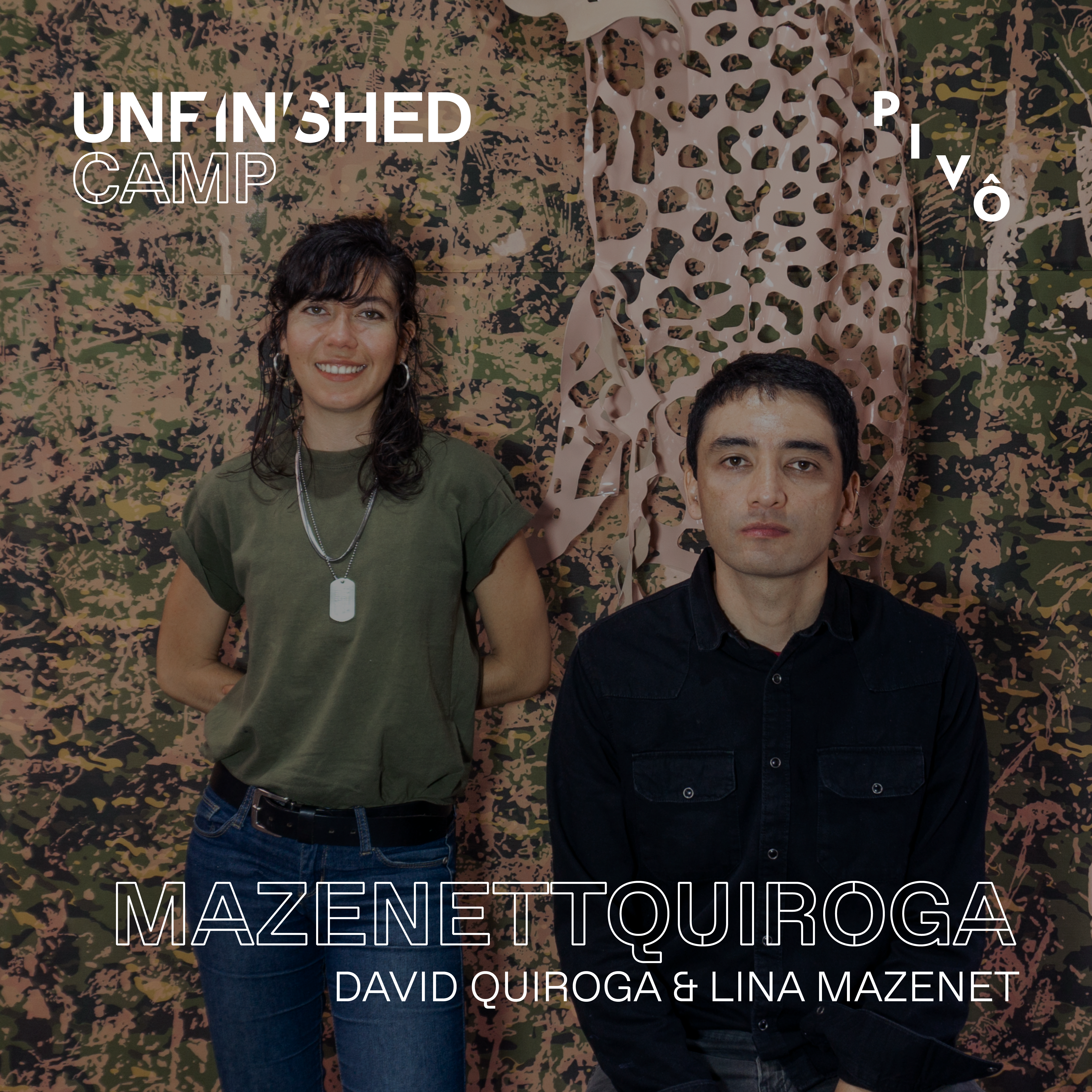
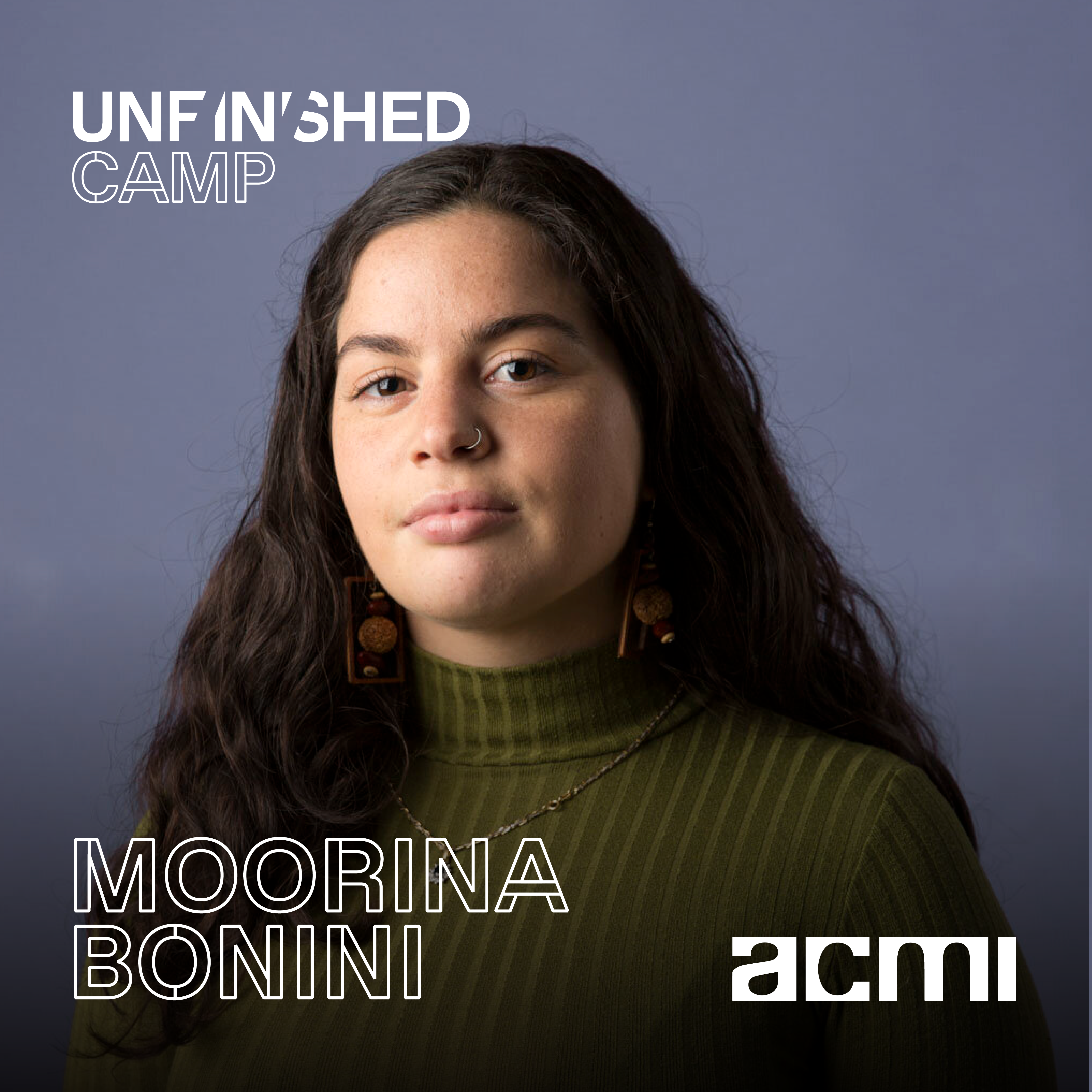
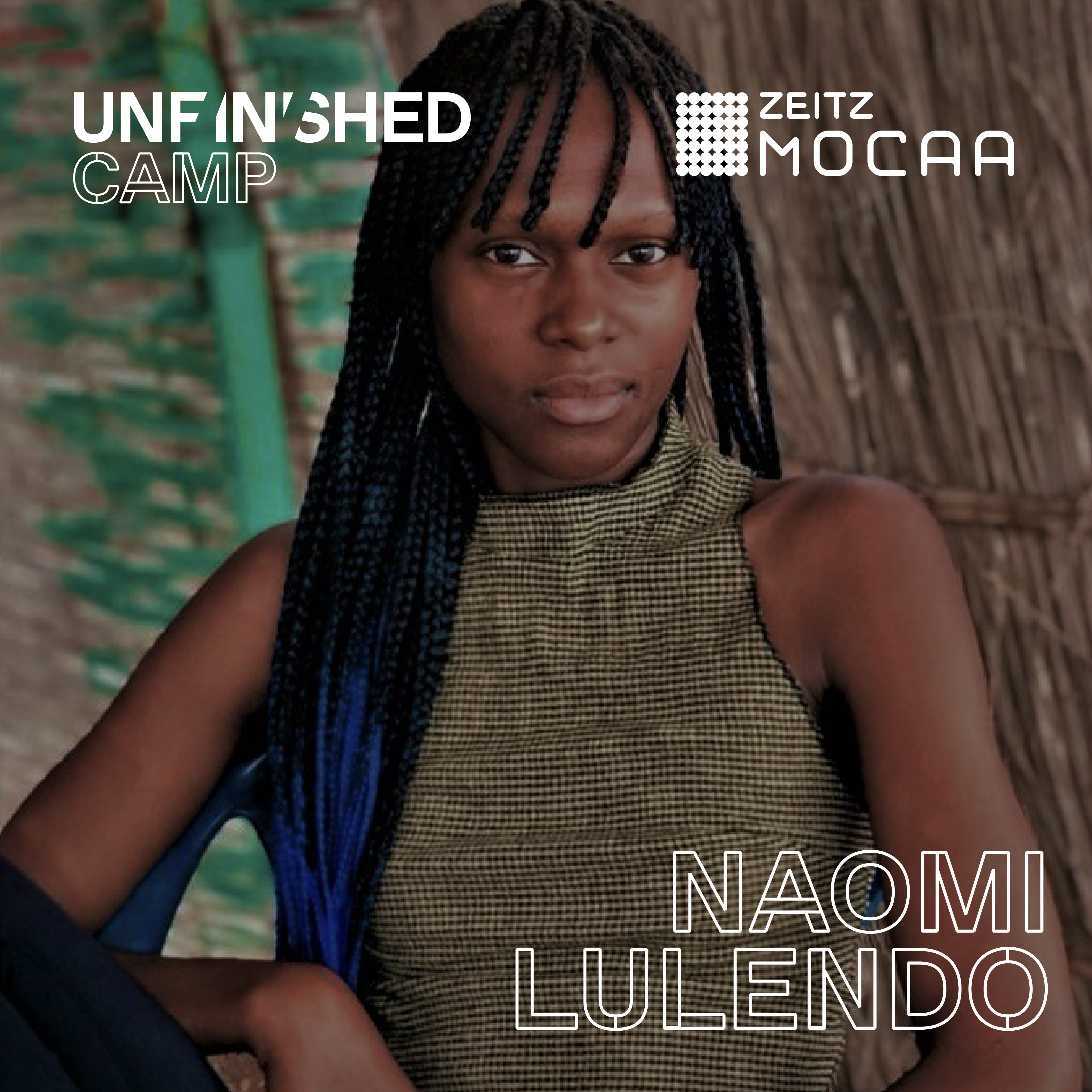
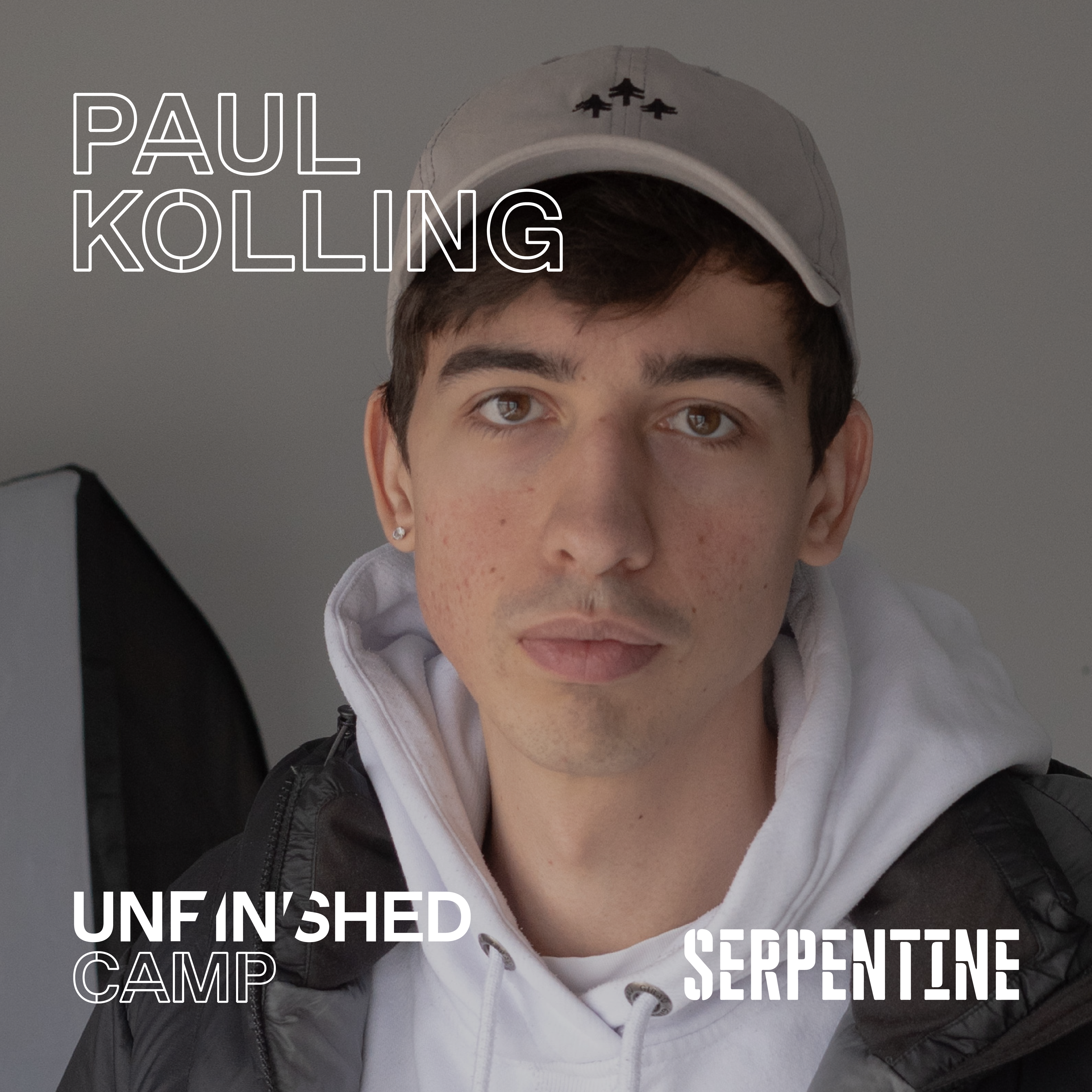
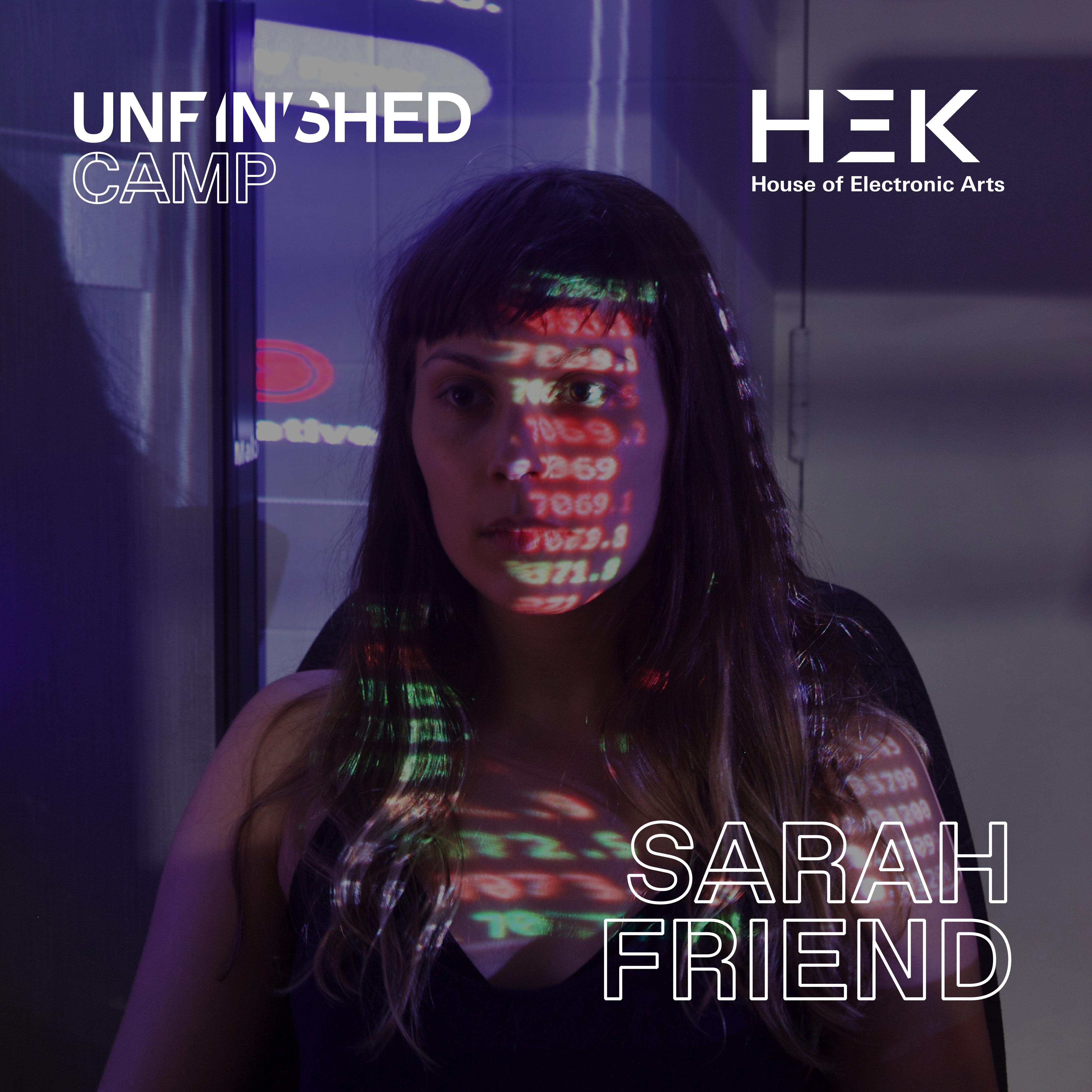
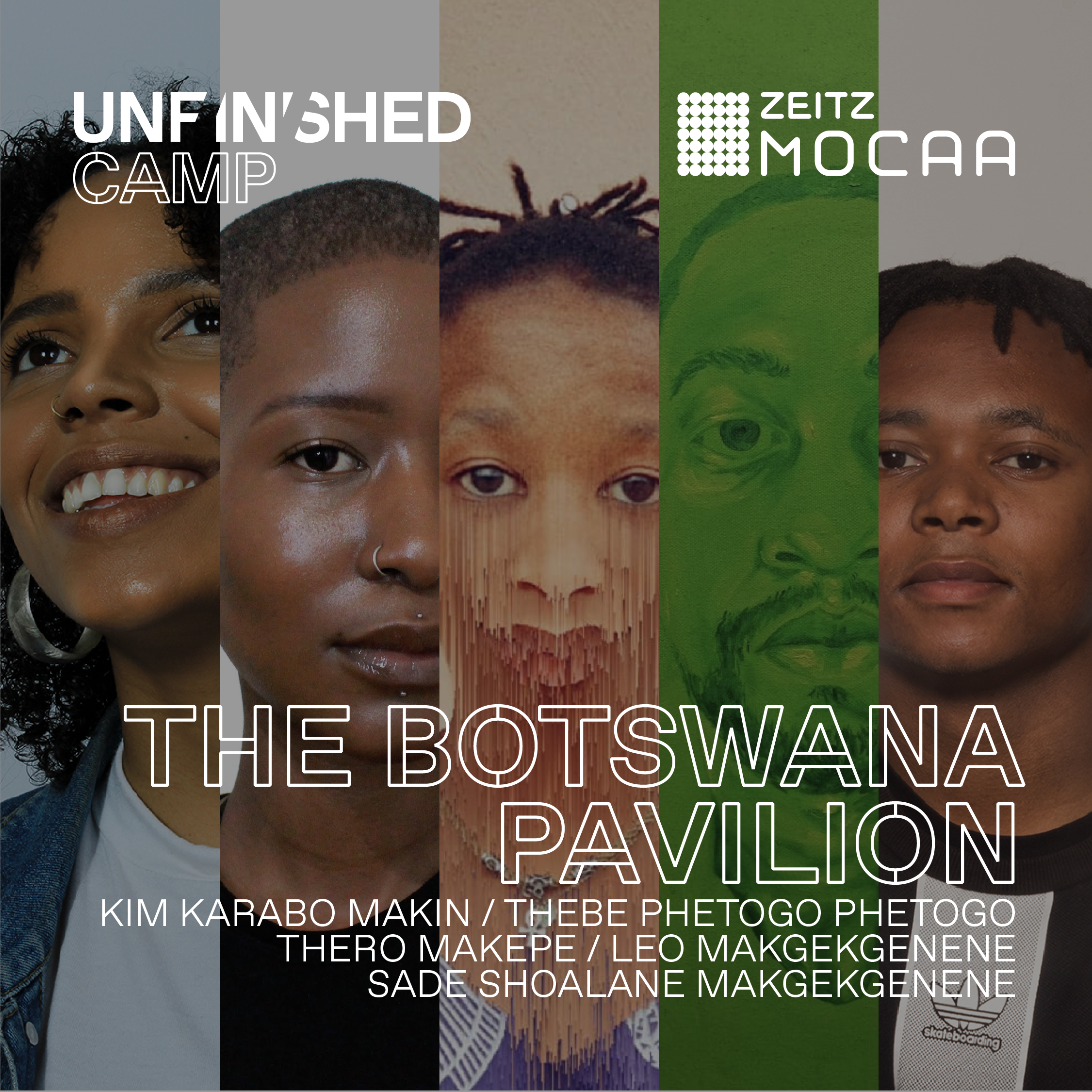
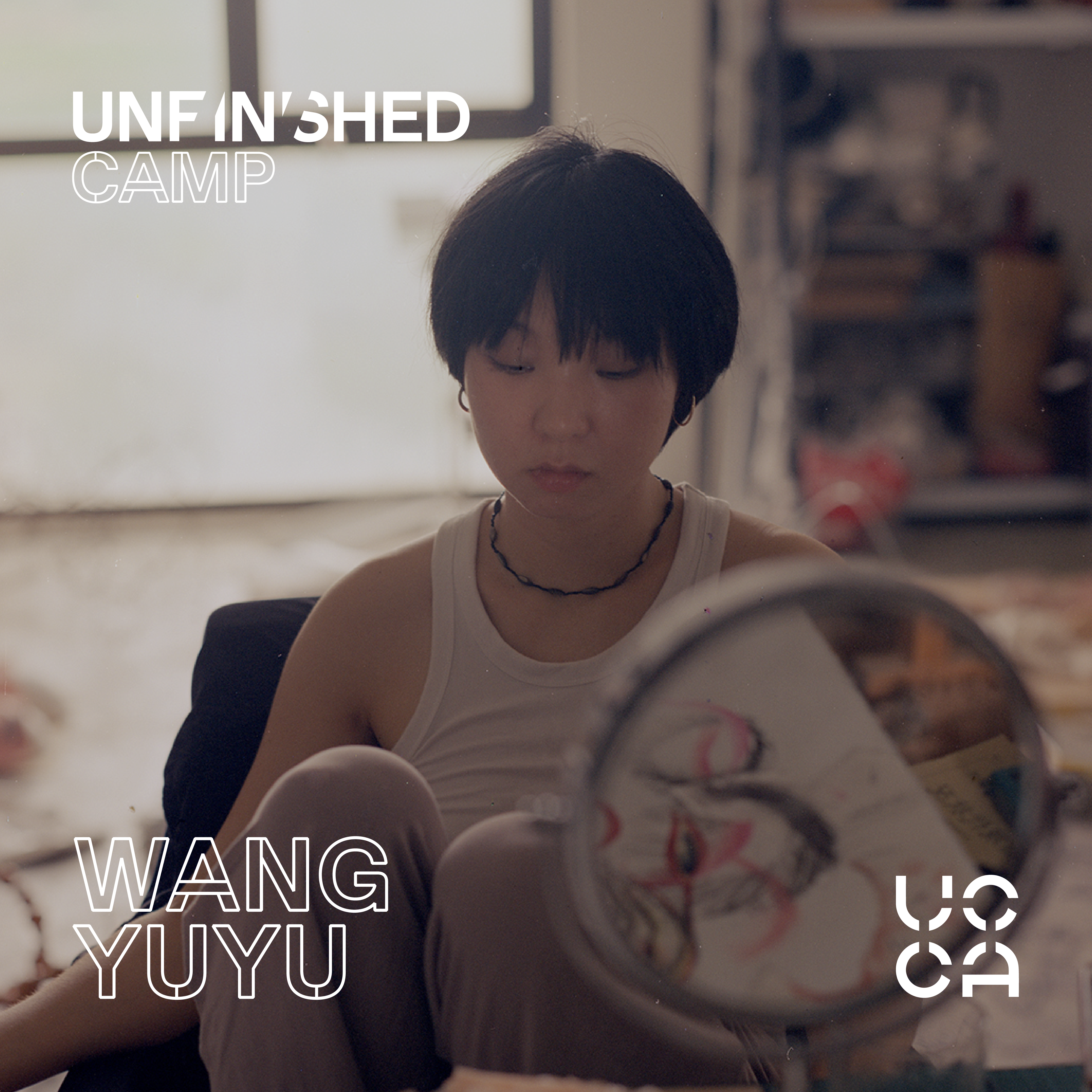
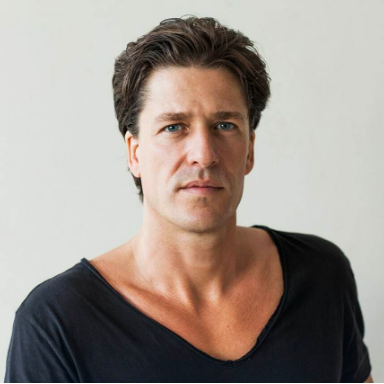
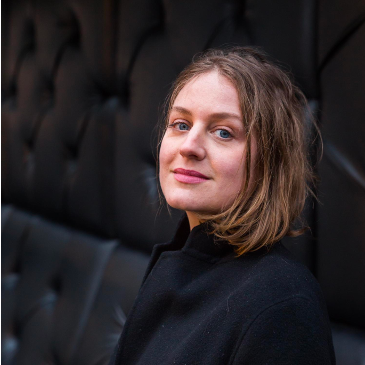
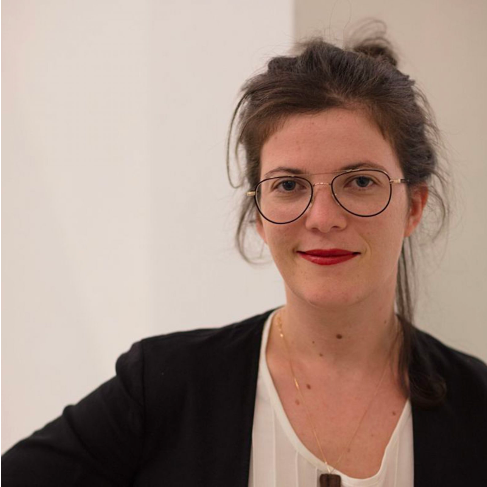
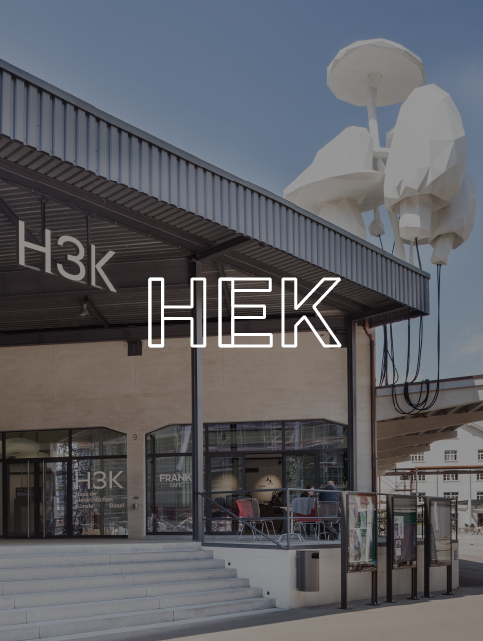
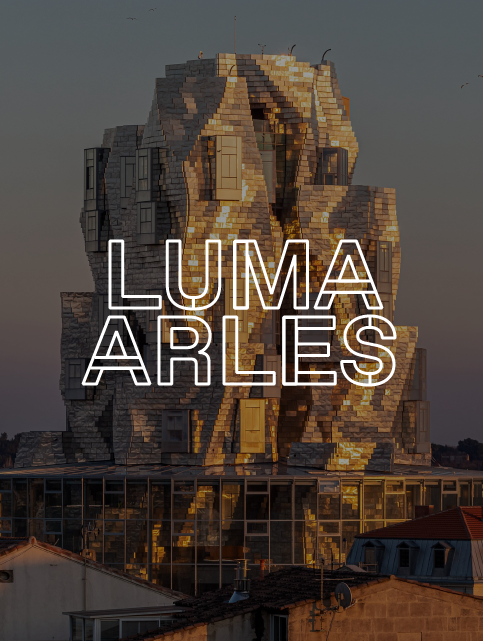
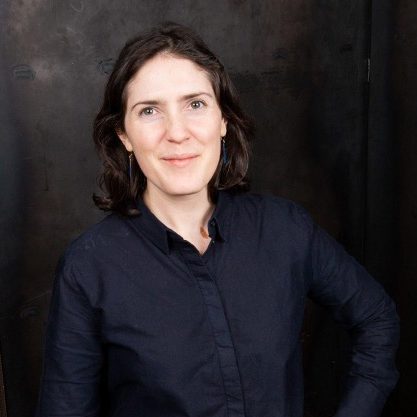
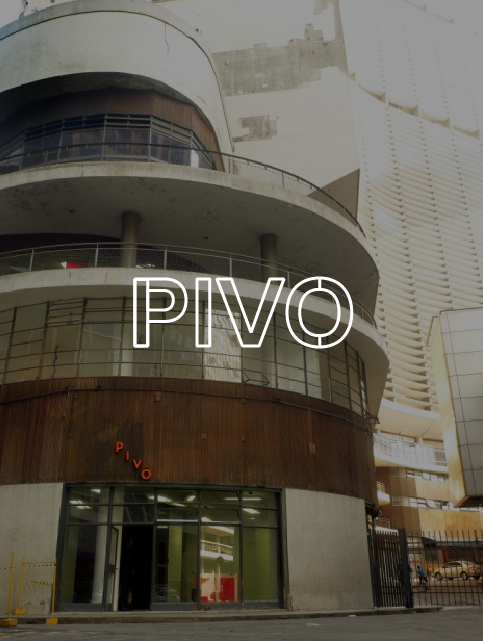
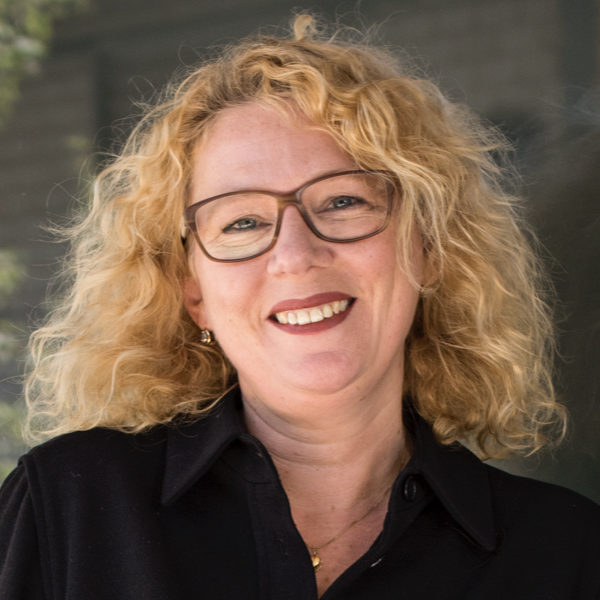

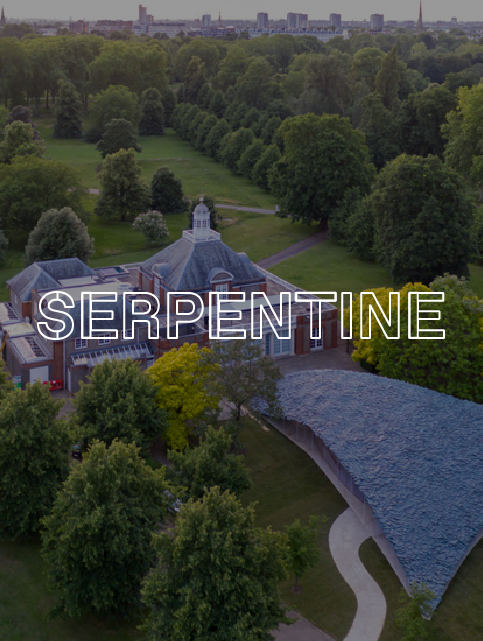

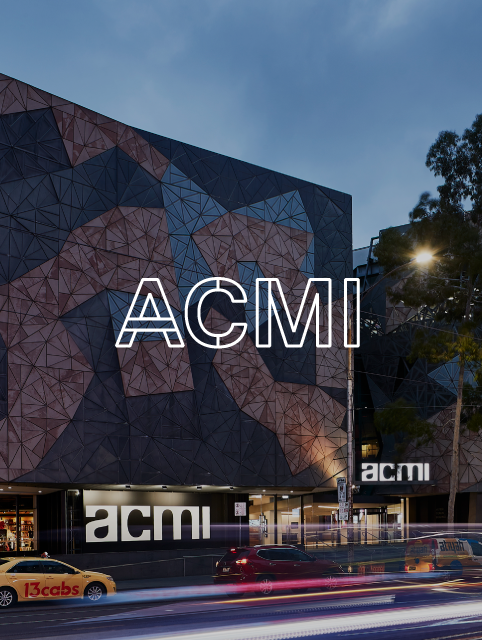
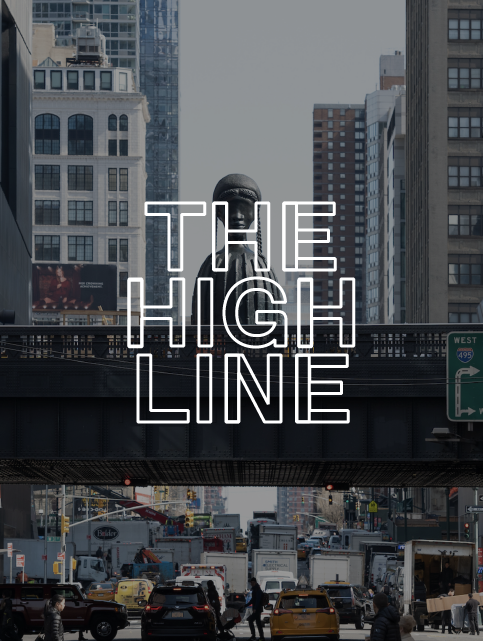
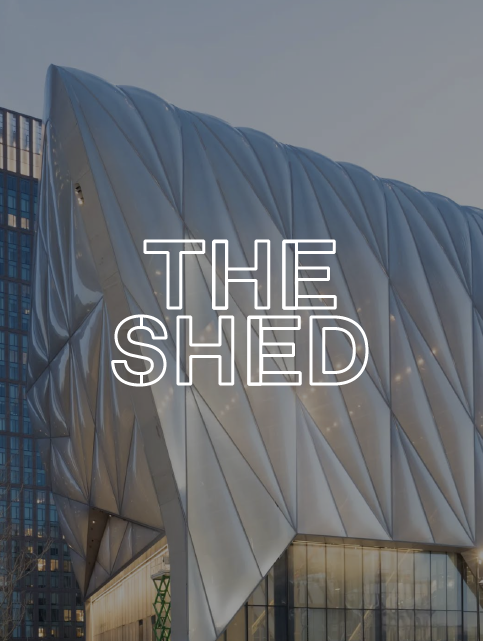

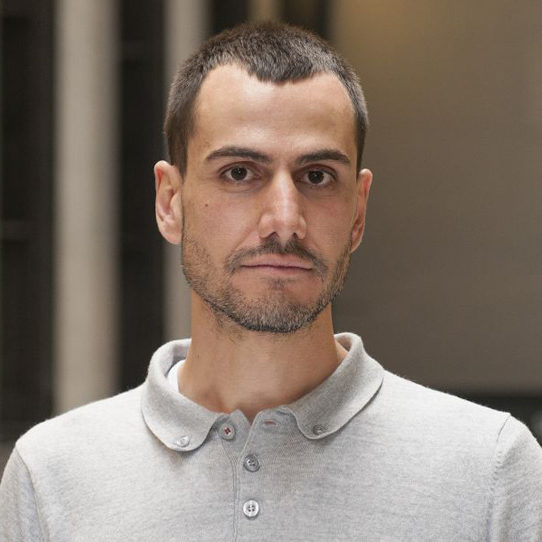
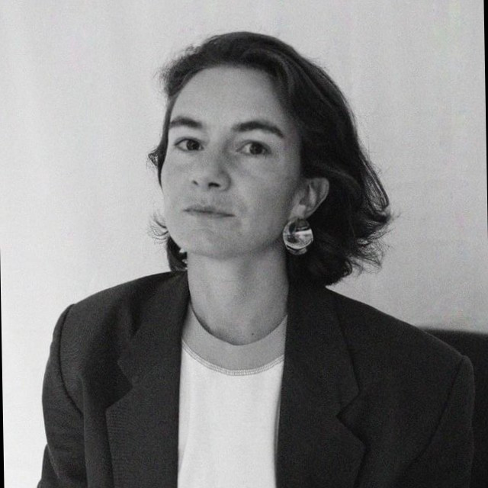

- ACMI
- Jazz Money
- Kalanjay Dhir
- Moorina Bonini
- HEK
- Sarah Friend
- Salomé Chatriot
- Danielle Brathwaite-Shirley
- Luma
- The Highline
- The Shed
- Edgar Allan Go Pro
- Gabriella Torres-Ferrer
- Georgica Pettus
- Eric-Paul Reige
- Haley Anderson
- Kiyan Williams
- Pivo
- biarritzzz (Bia Rodrigues)
- Christian Salablanca Diaz
- Mazenett Quiroga – David Quiroga & Lina Mazenet
- Serpentine
- Josiane Pozi
- Jota Mombaça
- Paul Kolling
- UCCA
- Amiko Li
- Jasphy Zheng
- Wang Yuyu
- Zeitz MOCAA
- Helena Uambembe
- Naomi Lulendo
- The Botswana Pavilion






